Our Design
Three interchangeable triangle lights made from acrylic and leather that, when put together, turn on.
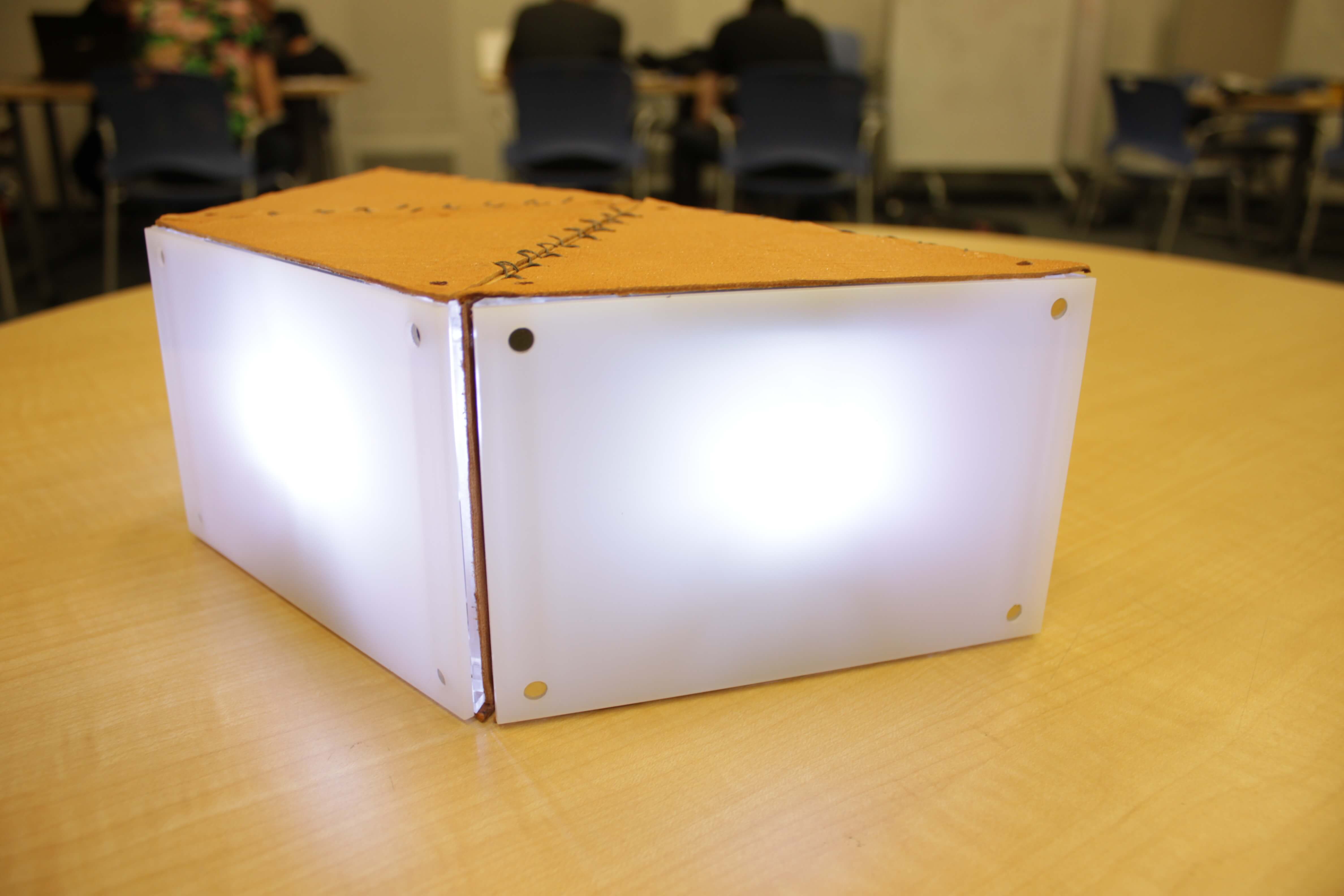
Process Pictures
Problems Encountered
Feasible Interaction
A reoccurring issue from this project was the issue of interactivity. Our concept of unity and collaboration required interaction between each light piece, so our design process involved a lot of prototyping and testing of different ways to make our project interactive. It was difficult to create a prototype that worked while also creating one that we were able to bring to, as close as possible, a finished product.

This process was very iterative as the wiring, the frame, and the finished materials had to be assembled together to be a working prototype while also being usable. The usability involved being able to change the batteries, thus we had to create an opening cover that did not interfere with the rest of the design. We also took into consideration that the edges of each triangular piece were to be the points of contact that the interaction was initiated. This allowed the pieces to be arranged in the most variety of ways to work the lights while keeping it functional.
After weeks of iterations, our final prototype had our desired interactivity. When each triangular section was fitted next to another, the lights both turned on, symbolizing our concept of collaboration.
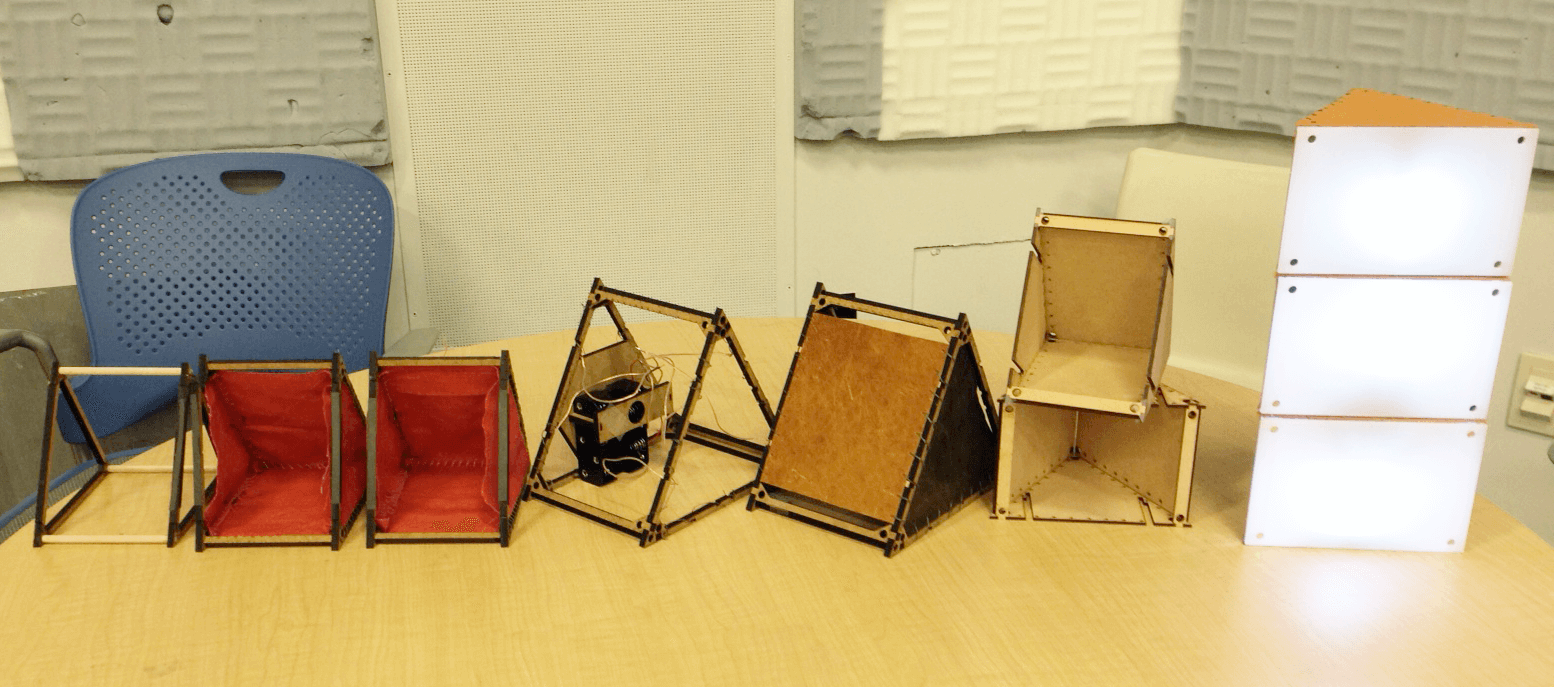
Materials
Our choice of materials was limited to plastics and fabrics, as specified in our project brief. Further limiting us was the equipment we had access to, our concept, a budget, and the functionality of a desk lamp. Our lamp needed to be bright enough to use in the dark and the materials needed to allow conductivity between each of the three lights.

Plastic: To tackle this, we tested with as many different versions of materials as possible. We had access to a laser printer which worked well on wood and arcylic, which were also sturdy enough to build a frame with. Since we had to test a lot and acrylic was quite expensive, we used wood to prototype our frame design keep within our budget. We also tested different lights with different opacity’s of arcylic to determine which best let light through while diffusing the light source.
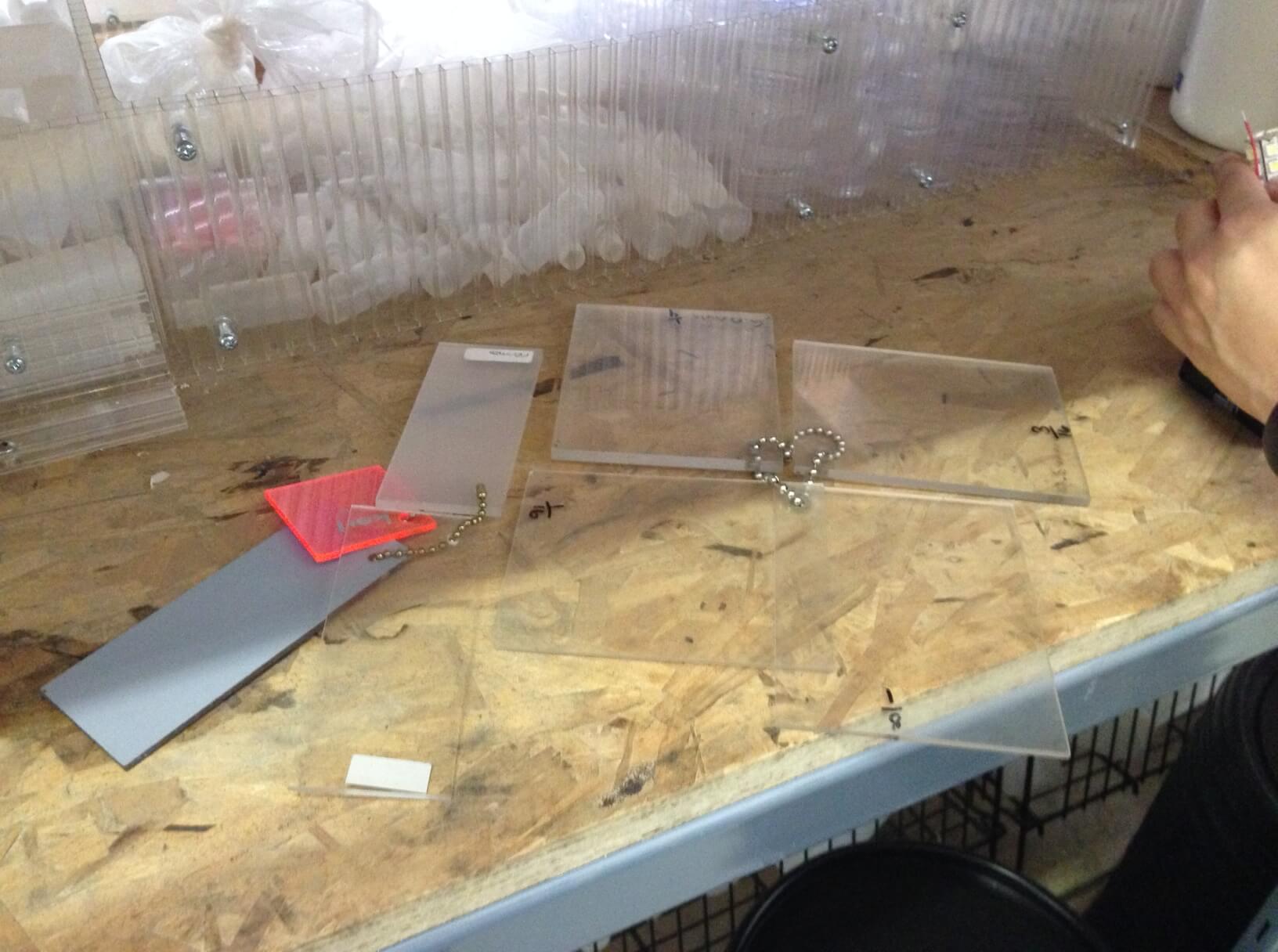

Fabric: With our design, the fabric was a contrast to plastic in the lamp design. I wanted something more sturdy, but that was also able to be conductive. In the end, I decided to use leather and condustive thread. The idea was to harden leather so that it acted as a more solid frame, but was still able to have conductive thread woven through it. This didn’t work out quite as planned, the leather hardening process didn’t take, so as a back up plan, we had to reinforce the frame with acrylic and punch hole in the leather to allow the thread to be woven through.
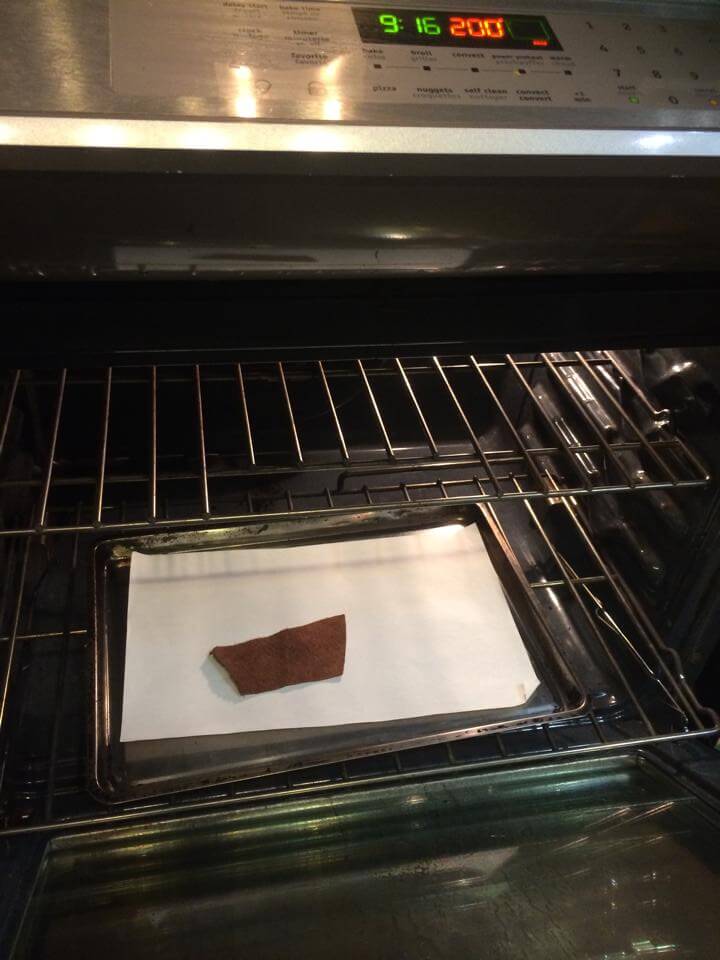
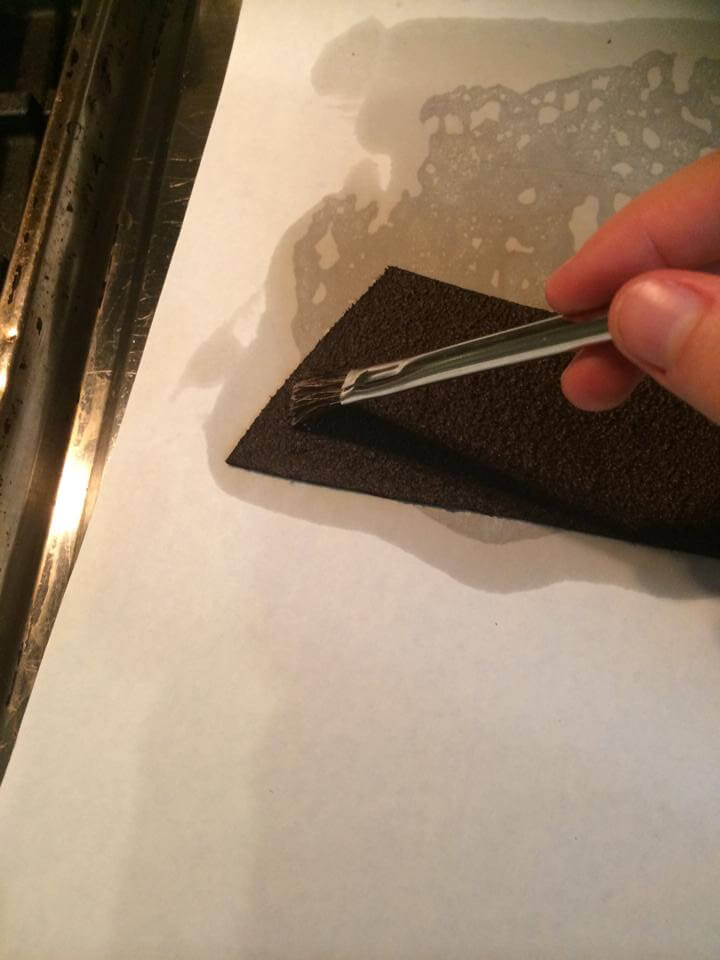
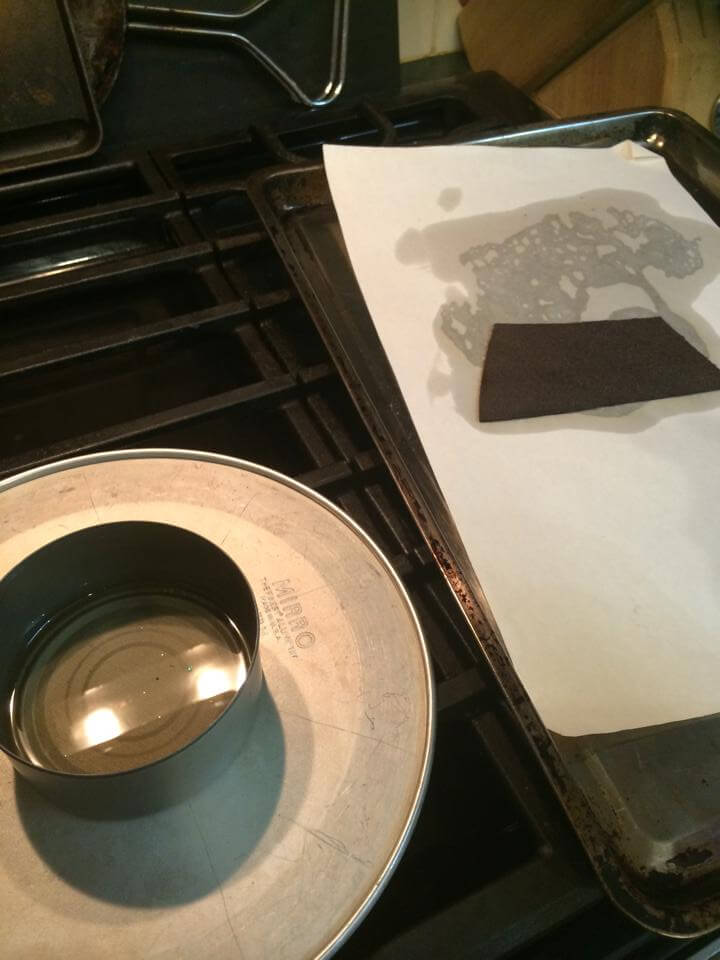
Even though not all of our plans ended up in our final design, my team and I definitely learned the importance of protoyping everything as early and as often as possible. In the final version, everything ended up still working as we had hoped thanks to our many iterations.
My Role Details
- Researched fabrics and plastics materials and their properties to determine which would work well with our design.
- Established goals each week to be completed by myself and my team memebers to ensure the completion of our project on time.
- Performed quality control checks for each aspect of the production.
- Prototyped and tested different fabric materials for their properties and feasibility.
- Assisted in the wiring and framing production process.
- In charge of installing the leather and the conductive thread on the final working prototype.